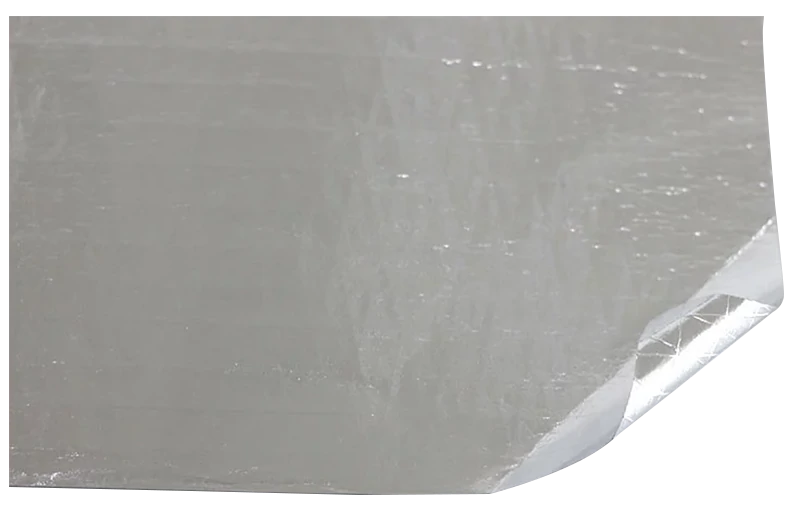
- Tapes by Type
-
Tapes by Application
- About
Made of multiple layers of aluminum foil, this insulation can reflect up to 97% of radiant heat. When combined with traditional insulation materials, it boosts thermal resistance and strengthens overall performance. Whether you're insulating walls, ceilings, or floors, reflective aluminum foil insulation ensures that your building stays comfortable year-round, regardless of the weather outside.
This Aluminum Insulation effectively reflects radiant heat from both solar sources and building emissions, helping to maintain consistent interior temperatures.
DeYou's reflective aluminum foil insulation provides a cost-effective, high-performance solution for improving the energy efficiency of any space. Especially beneficial in regions with extreme temperature fluctuations, aluminum foil insulation helps keep buildings cooler in the summer and warmer in the winter. It’s the perfect addition to any construction or renovation project aimed at reducing energy consumption and improving indoor comfort.
Aluminum foil insulation for superior thermal and moisture protection, perfect for attics, walls, roofs, and ducts
High-Performance Thermal Insulation for Energy Efficiency, Housing Grade D/S Aluminum Foil Insulation
Light duty, eco grade high-performance D/S aluminum foil insulation for enhanced energy efficiency
Premium, flame-retardant (CM grade) thermal insulation material engineered for superior performance in construction
Heavy duty, premium F/R grade aluminum foil fnsulation for superior thermal efficiency. Reduce heat transfer & save energy
Premium, flame-retardant thermal insulation material designed to efficiently reflect radiant heat, providing superior energy efficiency and comfort
High-performance PET Aluminum Foil for superior vapor barrier & reflective insulation. Durable, energy-efficient solutions
